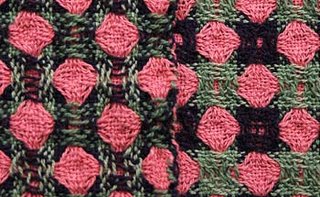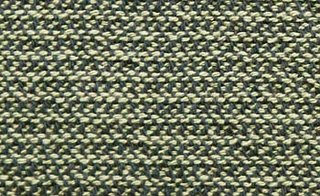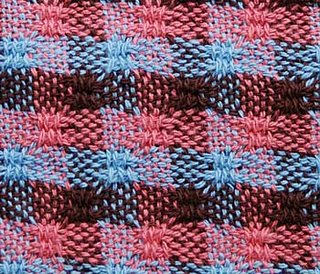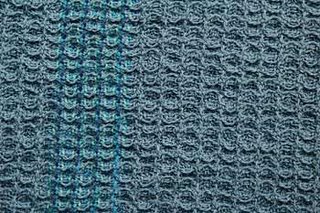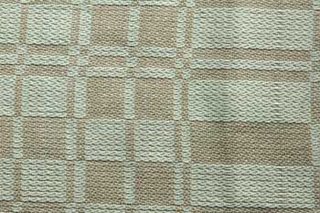 Slowly but surely, we're transforming a cluttered basement room into a nice crafts room that is fun to work in. After installing some cabinets, I had a 24" space between the cabinets and the doors that wasn't being used, so I added some yarn shelves. I couldn't find shelves that were an exact fit so I went to Ikea and bought shelves that were 30" wide. I took everything all apart, cut the shelf wood to the right size, then put it all back together again. I just got them together and filled up this morning. This is only about 1/2 of my yarn stash but it freed up space that is better used for something else and got this yarn into a much better organized place.
Slowly but surely, we're transforming a cluttered basement room into a nice crafts room that is fun to work in. After installing some cabinets, I had a 24" space between the cabinets and the doors that wasn't being used, so I added some yarn shelves. I couldn't find shelves that were an exact fit so I went to Ikea and bought shelves that were 30" wide. I took everything all apart, cut the shelf wood to the right size, then put it all back together again. I just got them together and filled up this morning. This is only about 1/2 of my yarn stash but it freed up space that is better used for something else and got this yarn into a much better organized place.To the left is my Dorothy table loom that I'm warping with some alpaca to make a scarf during a weaving demo that I'm doing at an alpaca farm in N.Y. next Saturday. I'm also nearly ready to start weaving on the rayon scarves that I've got on one of the big looms. I've got enough warp on to sample before I start the scarves, so I should be able to post a picture of the sample when it's finished.
